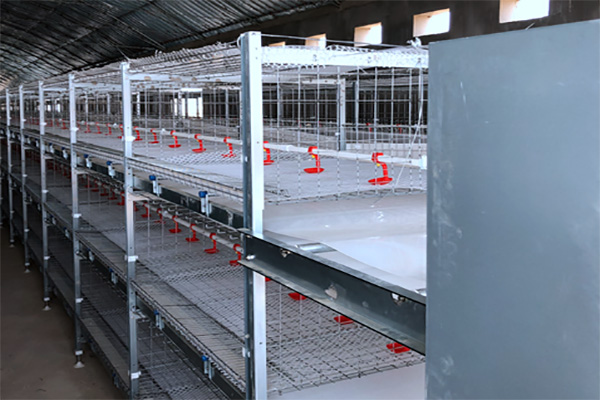Poultry Business Startup Guide with Cages: A Comprehensive Approach
1. Understanding the Market
Before diving into the poultry business, it’s crucial to understand the market dynamics. As of 2023, the global poultry industry is valued at over $600 billion, with the demand for eggs and meat on the rise. To start, identify your target market: will you focus on commercial poultry or organic, free-range options?
2. Legal Requirements and Permits
Every business must adhere to local and international regulations. This includes obtaining the necessary permits for your poultry operation. Ensure you’re compliant with biosecurity laws, health inspections, and environmental regulations.
- Check local zoning laws and regulations.
- Secure necessary health permits.
- Understand waste management requirements.
3. Choosing the Right Cages
The right cages can significantly impact the health and productivity of your poultry. When selecting cages, consider the following:
– Type: Choose between broiler, layer, or breeders’ cages.
– Size: Ensure they are suitable for the species and their growth stages.
– Material: Stainless steel is ideal for durability and hygiene.
According to a study by the Poultry Science Association, the right cage design can increase egg production by up to 15%.
4. Feed and Nutrition
The success of your poultry business heavily relies on the nutrition of your birds. Invest in high-quality feed, considering factors like age, sex, and health status. Keep track of feed costs with the following chart:
| Feeding Stage | Cost per Day (USD) |
|---|---|
| Broiler Starter | $0.50 |
| Broiler Finisher | $0.70 |
| Layer Starter | $0.60 |
5. Health Management</
Regular health check-ups are essential to prevent and manage diseases. Implement a biosecurity program to minimize the risk of infection. This includes:
- Regular cleaning and disinfection.
- Controlling access to the farm.
- Vaccination programs.
6. Marketing and Sales Strategies
Develop a solid marketing plan to promote your poultry products. Utilize both online and offline channels, including social media, farmers’ markets, and direct-to-consumer sales.
7. Financial Planning
Create a comprehensive financial plan to forecast expenses and revenues. Consider the following costs:
– Initial Investment: Cages, feed, and utilities.
– Operational Expenses: Feed, labor, and marketing.
– Revenue: Sales of eggs and meat.
By 2025, the poultry industry is expected to see an annual growth rate of 3%, making it a promising venture for entrepreneurs.
Contact LIVI for Your Free Poultry Farm Design and Equipment Quote
Are you ready to start your poultry business? Contact LIVI today to get a free, personalized design and equipment quote. Our team of experts will guide you through every step of the process.





